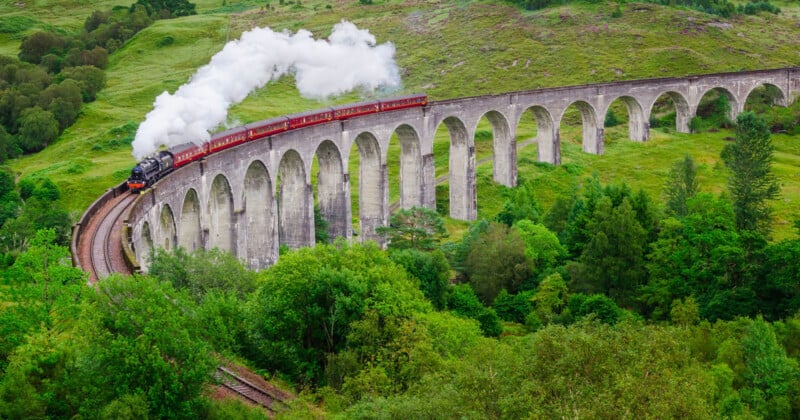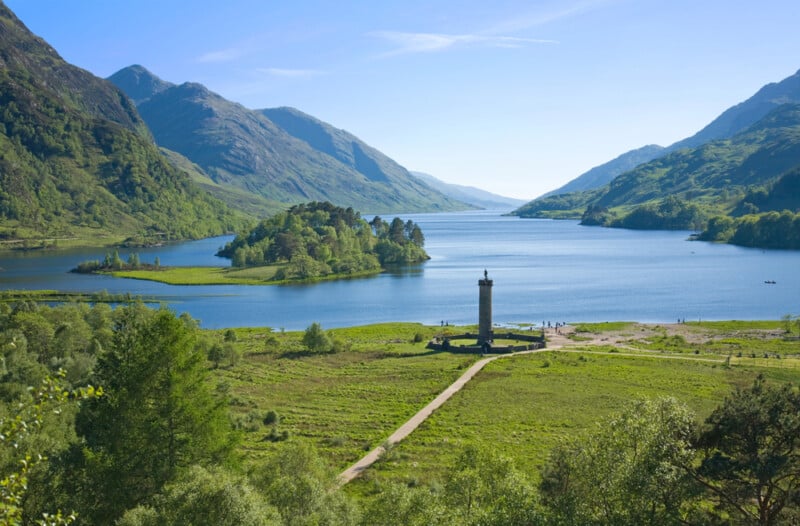Scottish Village Where Famous Harry Potter Scene Was Filmed Overrun by Photo-Seeking Tourists

When Harry Potter and the Chamber of Secrets was released in 2002, the iconic flying car scene filmed at the picturesque Glenfinnan viaduct with a Jacobite steam train instantly captivated cinema fans.
And 23 years later, that pop culture moment is still having a large effect on the tiny village of Glenfinnan, which is inundated with 3,000 tourists every day so they can witness the glorious rail bridge built in the Victorian era and, most importantly, take a photo with it.
But as a recent report by ITV News reveals, for inhabitants of Glenfinnan the throng of sightseers is having a negative impact on local life.
“It is a real concern for our village,” says Ally Entwistle, a local business owner. “Because we also have to get in and out of our village and use this road…” As she is talking, a near fender bender cut the interview short.
“The environmental degradation that you see is really awful to witness,” she continues, as this time a car actually collides with another vehicle.
A journalist from Scotland’s The National who recently visited Glenfinnan says she witnessed cars parked “anywhere and everywhere” and hillsides turned into mudslides.
“This is a village at breaking point, and even just being there for one day left me feeling frazzled,” writes Steph Brown.

“This culture of taking risks or annoying others just for photos needs to STOP,” writes one YouTube commenter.
But exactly what should be done, or what has already been done, seems to be up for debate.
The UK’s National Trust, which operates the nearby Glenfinnan Monument, points out that there is quite literally a railway line in Glenfinnan that people can use.
“Consider coming without a car because they will have their very best day out if they do so and it will reduce the pressure on the facilities we have here,” begs Emily Bryce of the National Trust.
One YouTube commenter says there are two “massive” car parks that are full every day and there isn’t enough available space.
“The local council has special buses they call 934 [Potter reference] that run many times a day for the tourists to use Fort William as a park and ride! People just aren’t using what the council has already spent millions on! They come, they illegally park, they take 30 minutes parking illegally to get one picture and leave!”
The fact is, photography has fueled tourism all over the world as people seek content for their personal social media channels. Earlier this week, PetaPixel reported how foreign tourists seeking photographs of Mount Fuji in Japan have reportedly caused traffic accidents to double in the last year.
It has led to backlash and anti-tourism protests. Particularly in Spain, where earlier this summer locals blocked a popular clifftop in Ibiza after becoming fed up with the influx of tourists taking selfies there.
Image credits: Header photo licensed via Depositphotos.